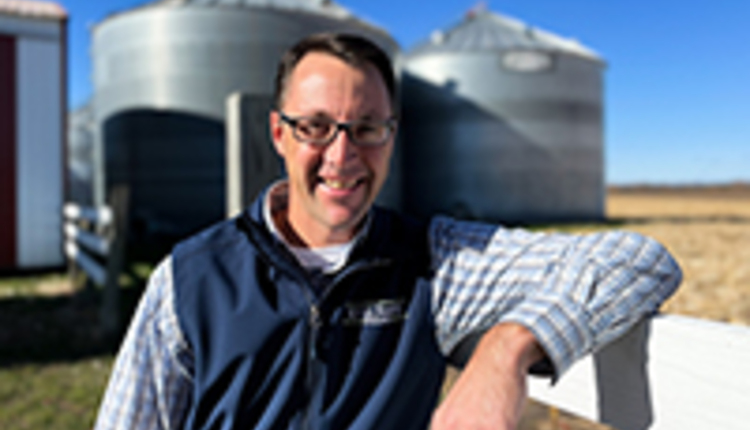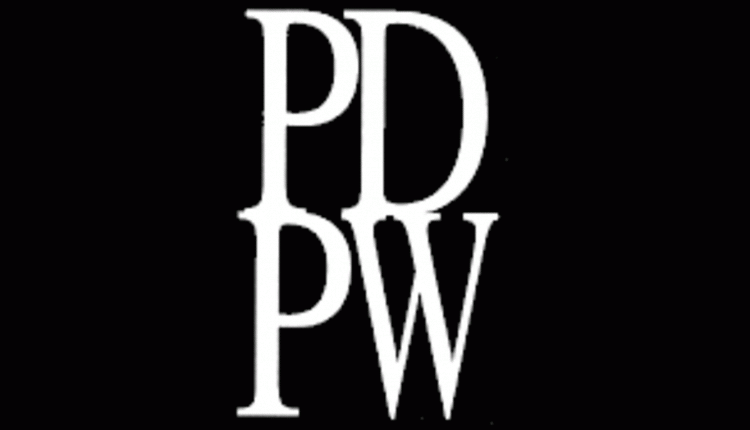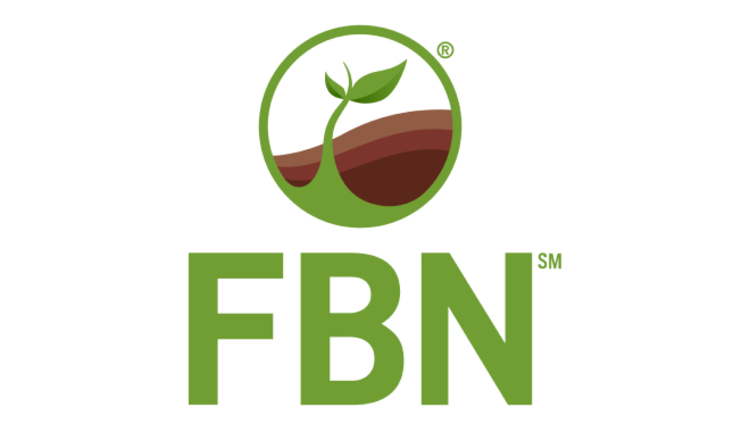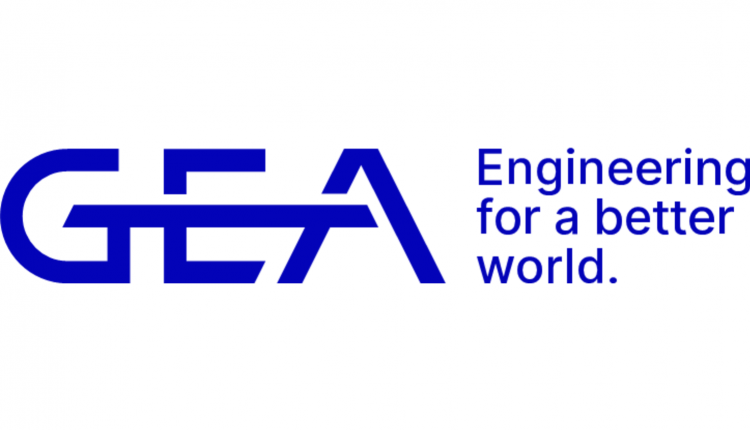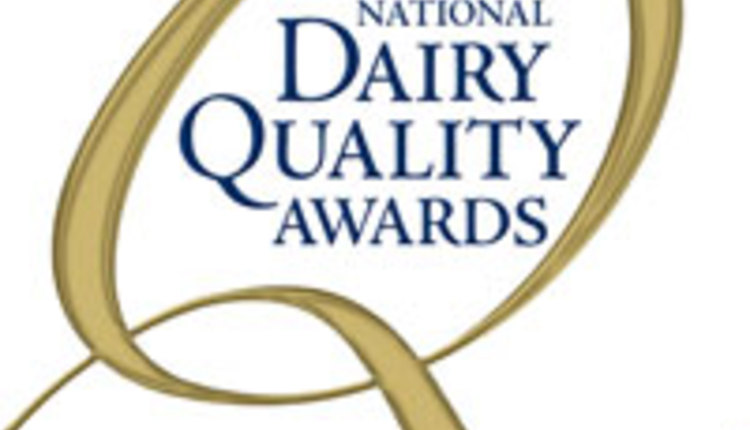The information below has been supplied by dairy marketers and other industry organizations. It has not been edited, verified or endorsed by Hoard’s Dairyman.
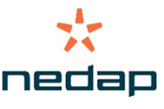
“Intensive estrus synchronization programs have aided dairy producers in achieving pregnancy rates that were once deemed unachievable,” says Tara Bohnert, business development manager at Nedap Livestock Management. “Now, dairy producers are looking toward the future and how they can build on that success in a more sustainable way. Combining automated heat detection with a synch program can offer even more benefits today and in the future.”
Learn more about how these technologies work together to improve dairy reproductive performance.
More effective heat detection
Automated heat detection systems are adept at identifying cows in estrus – and identify with more accuracy than people – because they monitor cows 24/7. Beyond signs the human eye can watch for, like mounting, automated systems also monitor cow activity and the more subtle changes in behavior in correlation to normal cow patterns, all of which often go unnoticed by people or tail chalking programs.
These systems can also help you pinpoint optimal insemination timing to elevate the odds of a successful pregnancy, which can result in significant financial benefits.
For example, “A 1,000-cow dairy using automated heat detection saw 21-day pregnancy rates increase from 18% to 34%,” says Bohnert. “The improved reproductive performance totals roughly $49,000 in added value.”
Identify cows for intervention
One big advantage to automated heat detection is finding cows that are already cycling before the end of their voluntary waiting period. They can be bred on natural heats. But just as importantly, automation can help you identify cows that are not showing signs of estrus, which has two benefits:
1. You find anovular cows and can put them into a synch protocol. At first insemination, 23% of dairy cows are anovular, on average. Even at later breedings, more than a quarter of the cows open and eligible for breeding aren't ovulating normally.2
2. You find cows that are ovulating but don’t show visible signs of heat, for breeding.
For instance, data from a large U.S. dairy farm showed that an activity monitoring system with automated heat detection revealed increased activity in about 70% of lactating cows. Of those, 20% were anovular and 10% were ovulating without showing signs. The researchers concluded that synch protocols were beneficial to inseminate cows not detected with increased activity by the automated system.[3]
"Finding the open cows, especially those that are anovular or not showing heats, is a significant benefit of the system," says Bohnert. "These are the animals that require additional attention and gain the most advantage from an estrous synchronization intervention. This information helps you use synch protocols as a prescriptive solution, rather than a one-size-fits-all program.”
Let cows be cows
Cows crave consistency, so fewer changes to their regular activities enable them to spend more time doing what they prefer to do – eating, lying and making milk. In short, with automated heat detection systems, cows spend more time in pens with ample access to feed and water, and less time with people, just the way they like it.
With automated heat detection, only cows identified as being in estrus or those flagged as being anovular are diverted from their regular routine for a short time. They are either inseminated or enrolled in a synch protocol as needed, then rejoin their herdmates as quickly as possible.
“The optimum dairy environment includes managing cows by exception,” says Bohnert. “How do we disrupt them as little as possible while continuing to excel in pregnancy creation? Using automated heat detection with backdoor synchronization protocols for cows that need additional attention can help keep labor and hormone costs in check.”
Contact Tara Bohnert at tara.bohnert@nedap.com or visit nedap.com/dairyfarming to learn more about automated heat detection.
Nedap Livestock Management is the global leader in farming automation using individual animal identification. For more than 40 years, Nedap strengthens dairy farmers through the most reliable and innovative cow identification, monitoring and automation solutions. They empower managers and personnel with dependable information to make operational and strategic decisions and help dairies become more efficient, productive and successful.
For Nedap, trust and reliability in both partnership and technology are key. Leading international dairy farming companies, including genetics and milking equipment suppliers, partner with Nedap to include its technology in their systems. A publicly listed company, Nedap employs more than 750 people globally, across 10 locations and seven business units.

